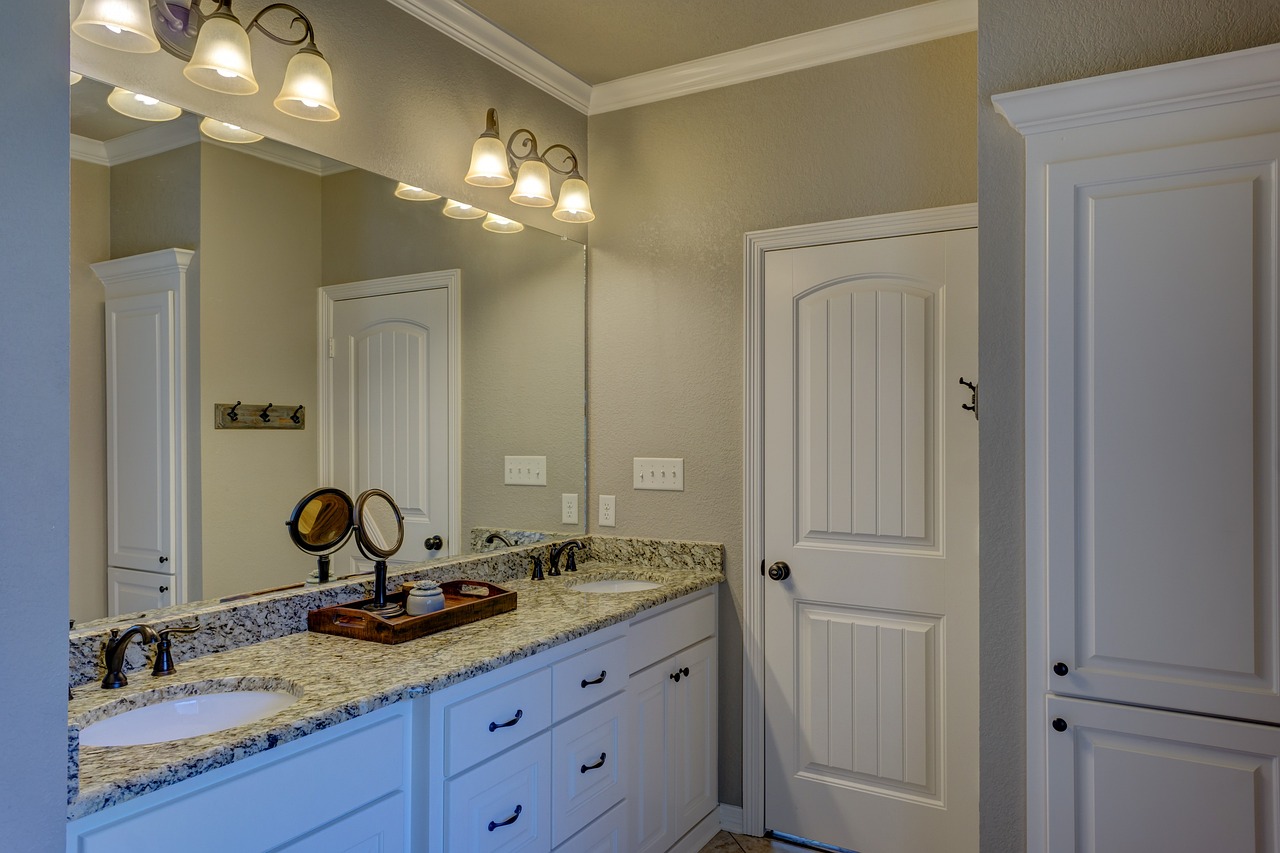Smart plugs: small devices, big convenience. These tiny gadgets can transform your ordinary appliances into smart devices, offering unprecedented control and automation over your home. From turning lights on and off remotely to monitoring energy consumption, smart plugs are an affordable and accessible entry point into the world of smart home technology. This guide will explore everything you need to know about smart plugs, helping you understand their benefits, features, and how to choose the right ones for your needs.
What are Smart Plugs and How Do They Work?
Understanding Smart Plug Technology
Smart plugs are essentially adapters that plug into a standard electrical outlet. You then plug your appliance into the smart plug. These plugs connect to your home’s Wi-Fi network, allowing you to control them remotely using a smartphone app or voice commands via a smart speaker like Amazon Echo or Google Home. They act as intermediaries, switching the power supply to the plugged-in device on or off based on your instructions.
- Core Functionality: Smart plugs fundamentally control the flow of electricity to whatever is plugged into them.
- Connectivity: Most use Wi-Fi, although some utilize Bluetooth or other wireless protocols. Wi-Fi offers the broadest range and allows for remote control even when you’re not at home.
- Control Methods: Operated via a smartphone app, voice control, or scheduled timers.
The Mechanics of a Smart Plug
Internally, a smart plug contains a relay switch, which is an electrically operated switch that controls the power supply. When you send a command through the app, the smart plug’s internal circuitry activates or deactivates this relay, either completing or breaking the electrical circuit to the appliance. Some smart plugs also incorporate energy monitoring chips to track the appliance’s power usage.
- Relay Switch: The central component that controls the power flow.
- Microcontroller: Processes commands received via Wi-Fi and controls the relay.
- Wi-Fi Module: Allows the plug to connect to your home network.
- Energy Monitoring (Optional): Some plugs include sensors to measure power consumption.
Benefits of Using Smart Plugs
Enhanced Convenience and Control
The primary benefit of smart plugs is the added convenience and control they provide over your appliances. Imagine turning on your coffee maker from bed, or turning off a lamp you forgot before leaving for work. Smart plugs make these scenarios a reality.
- Remote Control: Turn devices on or off from anywhere using your smartphone.
- Voice Control: Integrate with voice assistants like Amazon Alexa or Google Assistant for hands-free operation.
- Scheduling: Set timers to automatically turn devices on or off at specific times. For example, program your lamps to turn on at dusk or your holiday lights to go on and off according to a set schedule.
Energy Savings and Cost Reduction
Smart plugs can also help you save energy and reduce your electricity bill. By identifying and controlling energy-hogging appliances, you can minimize standby power consumption and unnecessary usage.
- Energy Monitoring: Track the energy consumption of connected devices and identify those that are using excessive power.
- Reduce Standby Power: Completely cut off power to devices that draw power even when turned off (phantom load), such as TVs, game consoles, and chargers. According to the US Department of Energy, phantom load accounts for around 5-10% of residential energy use.
- Automated Shut-Off: Schedule devices to turn off automatically when not in use.
Increased Home Security
Smart plugs can also enhance your home security by creating the illusion that someone is home, even when you’re away.
- Simulated Occupancy: Schedule lights to turn on and off at different times to deter burglars. This is particularly effective when combined with other smart home security measures.
- Remote Monitoring: Check the status of your devices from anywhere and ensure that appliances like irons or hair straighteners are turned off.
Choosing the Right Smart Plug
Factors to Consider
Selecting the right smart plug depends on your specific needs and requirements. Consider these factors before making a purchase:
- Compatibility: Ensure the smart plug is compatible with your existing smart home ecosystem (e.g., Amazon Alexa, Google Home, Apple HomeKit). Check if it supports the voice assistant you use.
- Power Rating: Verify that the smart plug’s power rating (measured in amps or watts) is sufficient for the appliances you intend to connect. Overloading a smart plug can be a fire hazard.
- Features: Determine which features are most important to you, such as energy monitoring, scheduling, voice control, or remote access.
- Size and Design: Consider the size of the smart plug and its design to ensure it doesn’t block other outlets or interfere with nearby devices. Some smart plugs are bulky and may not fit well in tight spaces.
- Price: Smart plugs are available at various price points. Compare features and reviews to find the best value for your money.
Types of Smart Plugs
There are several types of smart plugs available, each with its own set of features and capabilities:
- Standard Smart Plugs: Offer basic on/off control and scheduling features.
- Energy Monitoring Smart Plugs: Track energy consumption and provide detailed usage reports.
- Outdoor Smart Plugs: Designed for outdoor use and are weather-resistant. These are ideal for controlling outdoor lights, holiday decorations, or water features.
- Smart Power Strips: Combine multiple smart outlets into a single power strip, offering individual control over each outlet.
Setting Up and Using Smart Plugs
Installation Process
Setting up a smart plug is usually straightforward and can be completed in a few simple steps:
Practical Examples and Use Cases
Here are some practical examples of how you can use smart plugs to improve your daily life:
- Morning Routine: Schedule your coffee maker to start brewing coffee a few minutes before you wake up.
- Lighting Control: Automate your porch lights to turn on at sunset and off at sunrise.
- Security: Use smart plugs to turn on lights and a TV while you’re on vacation to deter burglars.
- Holiday Decorations: Control your Christmas lights with a smart plug, setting them to turn on and off at specific times.
- Aquarium Control: Automatically turn on and off aquarium lights or pumps.
- Charging Management: Schedule your phone or laptop charger to turn off after a few hours to prevent overcharging and extend battery life.
Conclusion
Smart plugs offer a simple and affordable way to add smart home functionality to your existing appliances. With remote control, scheduling, and energy monitoring features, they provide convenience, energy savings, and enhanced home security. By understanding the different types of smart plugs and considering your specific needs, you can choose the right devices to transform your home into a smart and efficient living space. Embrace the power of smart plugs and experience the future of home automation today.




